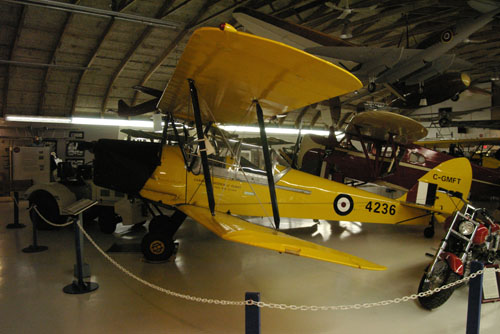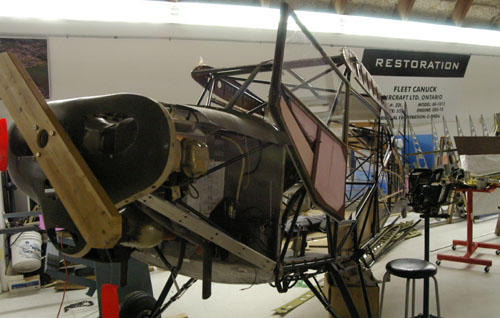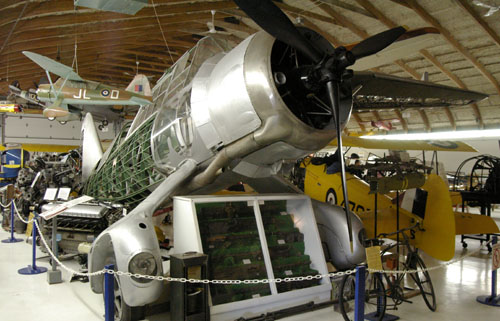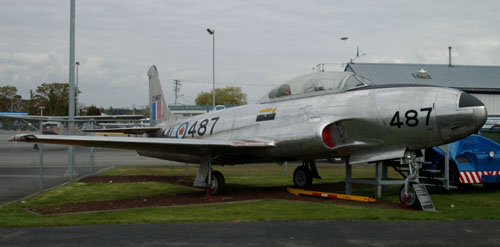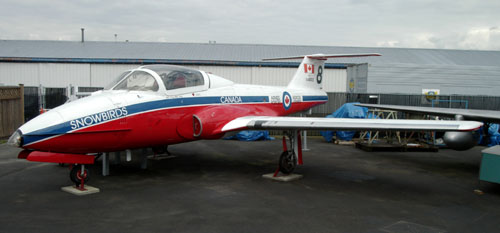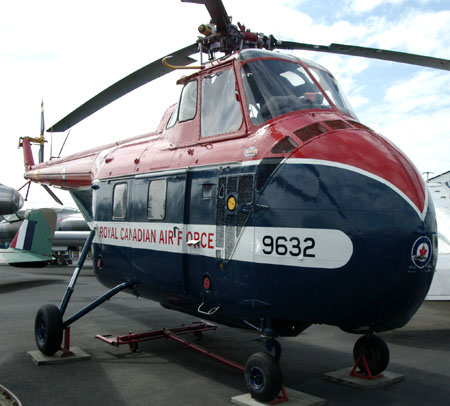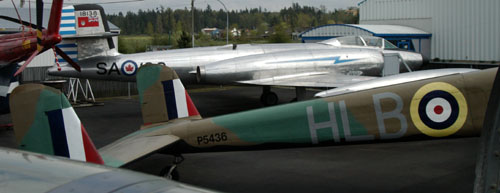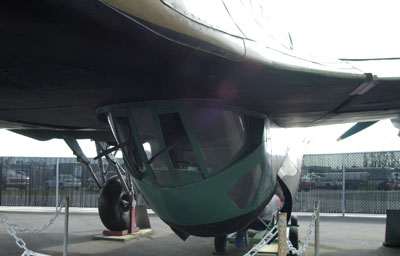|
|
|||||
 |
|
Just across the Canadian Border in British Columbia is the town of Langley which is home to the Canadian Museum of Flight, actually located at Langley Regional Airport. While a relatively small museum it has a number of interesting exhibits so I paid a visit on my way north, they have a website that can be found here. |
|||
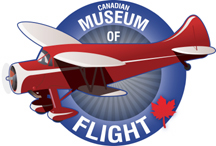 |
|||
|
The display building which also acts as the restoration centre is fairly crowded but not to the extent that it is not possible to appreciate the aircraft and other items on display. Here is a general view of the exhibit area, the aircraft in the centre is a replica SE5a, apparently it is 7/8th real size but this was not apparent looking at it. |
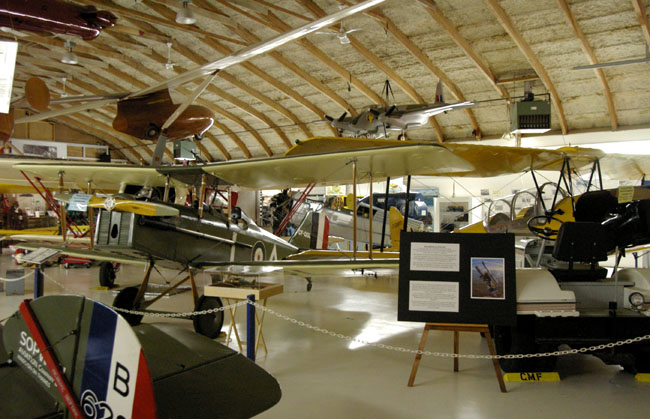 |
|
|
|
|
|
|
|
The museum has an outside display area which contains a wide variety of aircraft. |
|
|
|
|
|
|
|
|
|
The rear half of an aircraft in camouflage paint in the above photograph is the extremely rare Handley Page Hampden. In fact only two complete examples exist and this is the only one on public display (the RAF Museum is restoring the other). The Hampden had a short, narrow and tall main fuselage with a very slender tail unit (see above). This configuration led to it being nicknamed the "Flying Panhandle" and "Flying Suitcase". In Canadian service Hampdens carried out tasks such as patrolling the West Coast of Vancouver Island at night or training exercises such as flying out into the Pacific to a navigational map coordinate. They were also used to carry out torpedo dropping practice which involves very low flying. These exercise were often performed in adverse weather conditions and many aircraft were lost. This aircraft P5436 was a Canadian built Hampden that crashed near Patricia Bay, on November 15th, 1942, while engaged in torpedo dropping. The aircraft quickly sank 600 feet to the bottom but the four man crew were fortunate that the pilot of a passing flying boat had seen the accident and picked them up within minutes. The Hampden was located in 1985 and while badly corroded by the years spent in salt water was mostly intact and was successfully recovered. The aircraft was restored using components that were retrieved from two other Hampden crash sites. Below is a view of the nose section of the Hampden, the four crew members were located between the pilots cockpit and the gun mounting. |
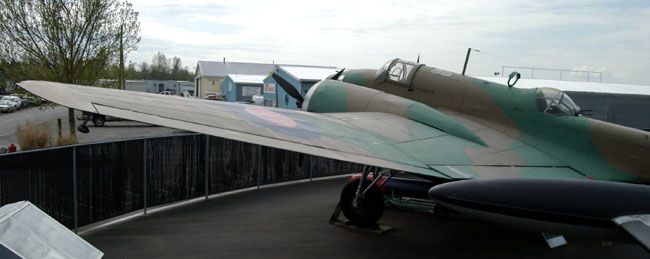 |
|
A side view of the nose section showing the bomb bay doors and the type of torpedo it was dropping when it crashed. |
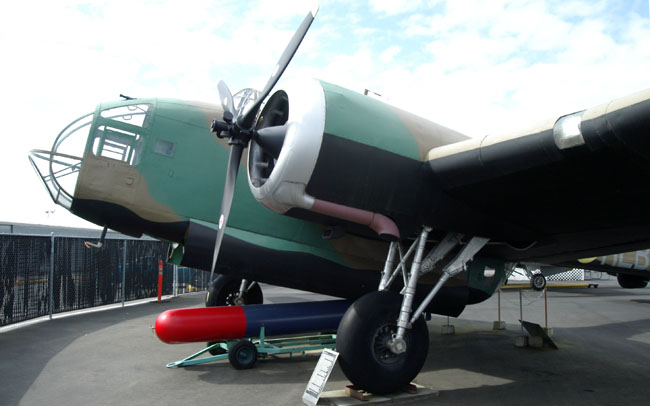 |
|
A view from directly behind that shows just how narrow the aircraft was. Unfortunately the layout of the museum made it impossible to take a similar photograph from the front (the above photograph shows how close to the fence it is located). |
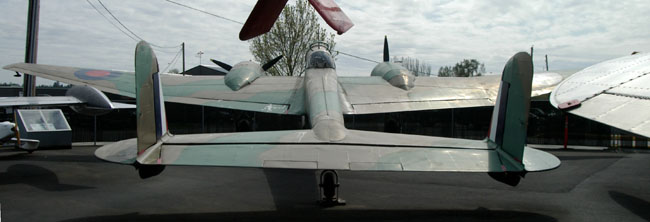 |
|
|
|
Update The Hampden suffered structural damage during a heavy snowfall in late 2008 resulting in the collapse of the left wing. The wing was removed for repair and successfully refitted in March 2011 a major step to bring the only complete Hampden back to its former glory. |
| [New Wildwood] [Contents] [Route 66] [Western Odyssey] [South East USA] [Round the World] [Why Wildwood?] [Site Status and News] |
